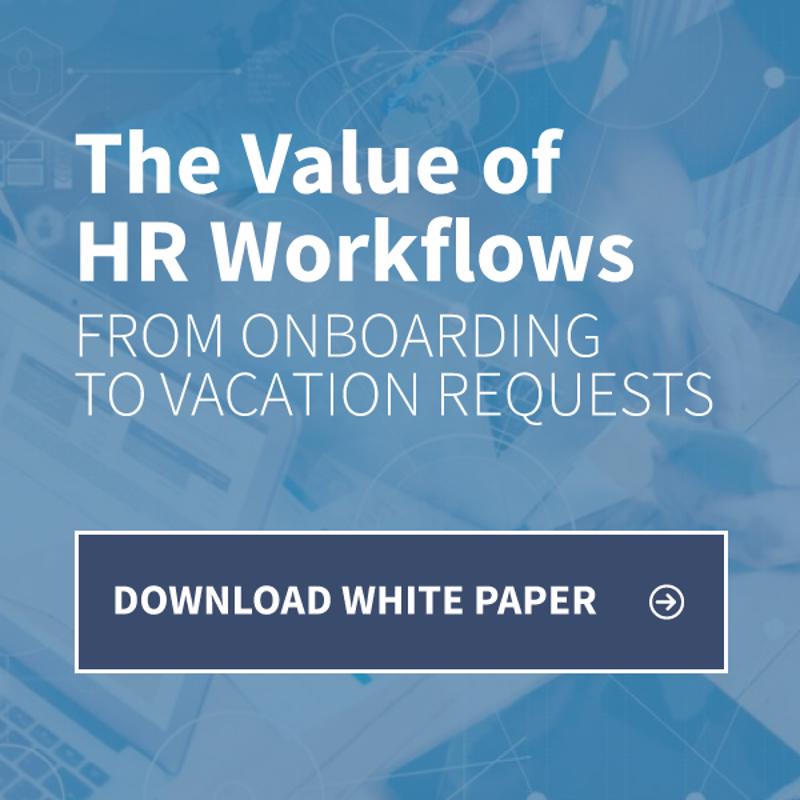
Crucial steps for HR managers to take as companies digitize files
Across the business world, companies are taking different approaches to modernizing, especially when it comes to their record-keeping efforts. These changes often require human resources professionals to convert older, physical files into digital records that can be more easily managed going forward.
When digitizing documents in this way, it's important to keep data aggregation efforts consistent, and to follow a predetermined plan for how information will be put together and stored for the long term, according to the Society for Human Resource Management. These efforts will have to be consistent with any state or federal regulations on how sensitive data must be safeguarded. This will also set up the company for the continuing evolution of document management.
Learn the options
Of course, companies have plenty of options for storing and managing these files – as well as setting up workflows – to ensure ease of use for HR professionals and others in decision-making positions, while still complying with whatever regulations have been set for them, the report said. Following all the right steps when initially conducting backfile scanning to get up to speed is, likewise, simply good practice for HR workers.
However, it is vital to do some homework beforehand to ensure that any chosen strategy will work well based on the company's current and future needs, whether that means storing the digital files on-site, in the cloud or elsewhere.
Monitoring security
While many in the HR world might think there are significant security risks at play when working primarily with digital employee records, there are actually similar concerns with physical files as well, according to Beta News. While there is always a risk of digital data breaches, physical incidents can likewise take place, and may be more difficult to solve.
With digital document management, it can be easy to identify threats and get to the bottom of any breaches in short order, because chain of custody for any sensitive data may be quickly accessible, the report said. That may not always be the case for physical files that go missing, whether inadvertently or due to malicious acts.
Incorporating these steps into broader HR efforts to get more control over digital document management and workflows will likely have a significant benefit for companies and employees alike going forward.

